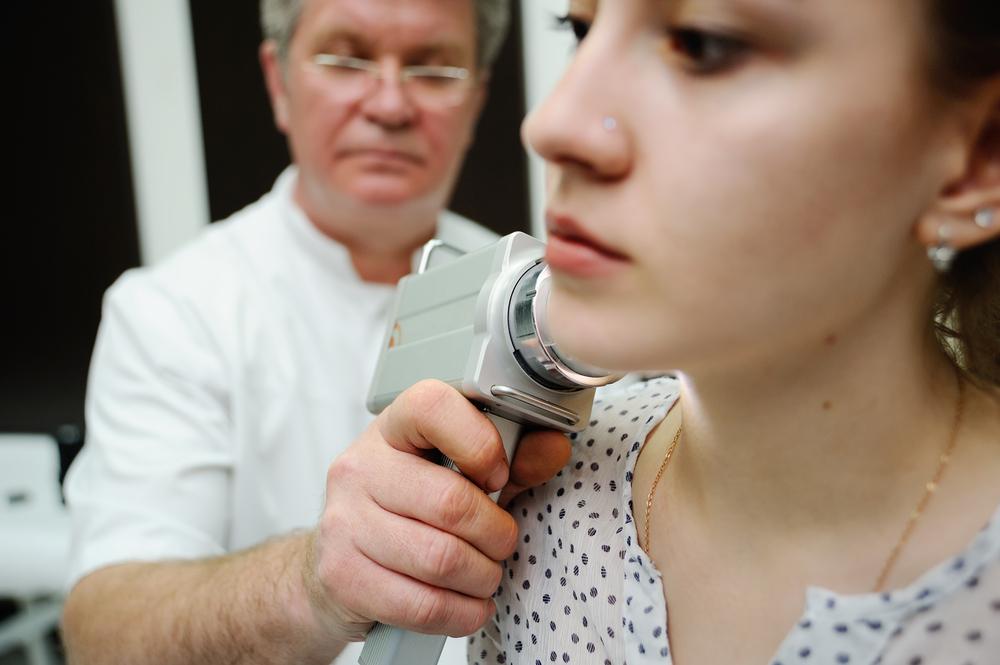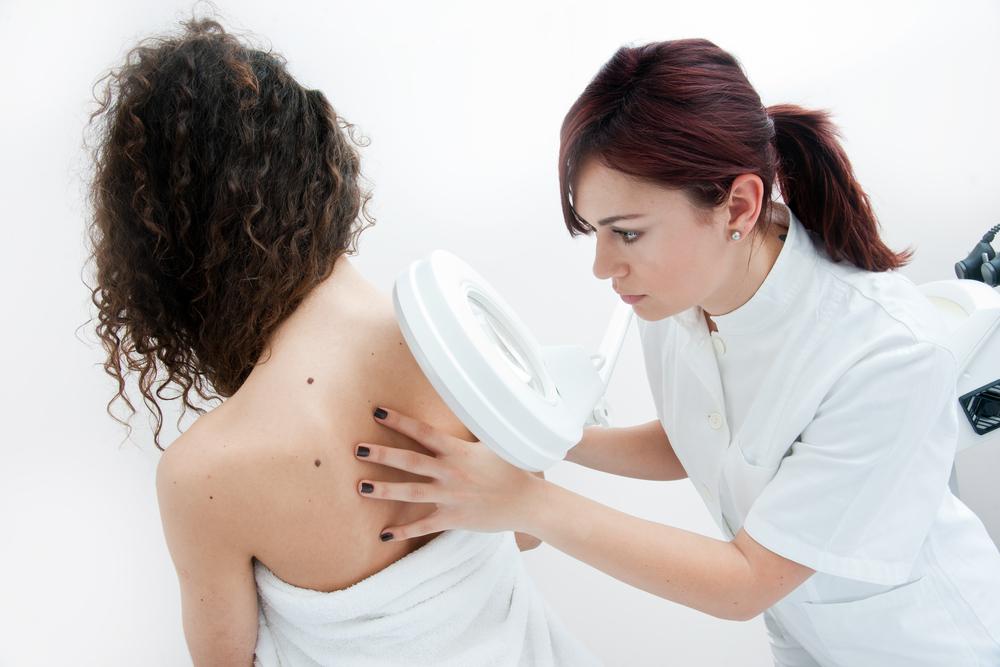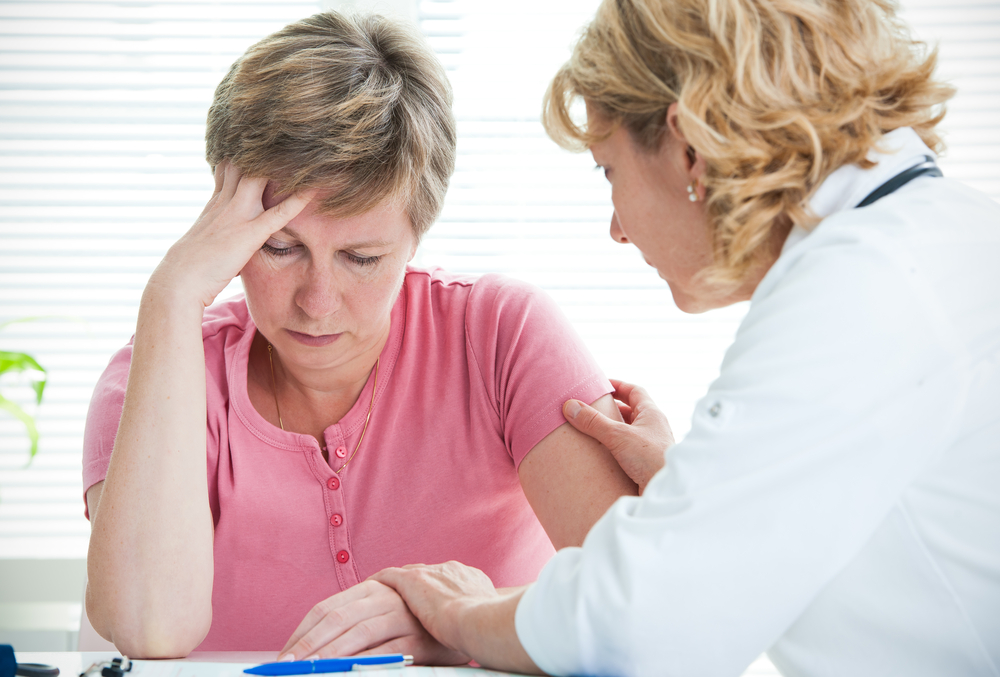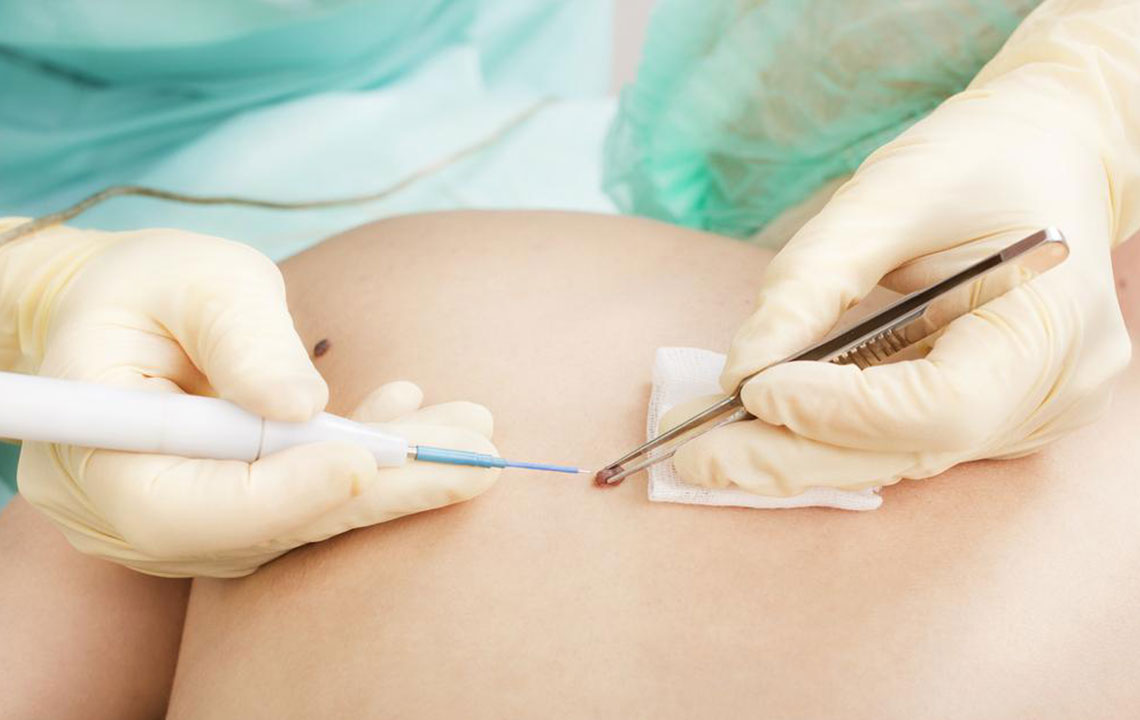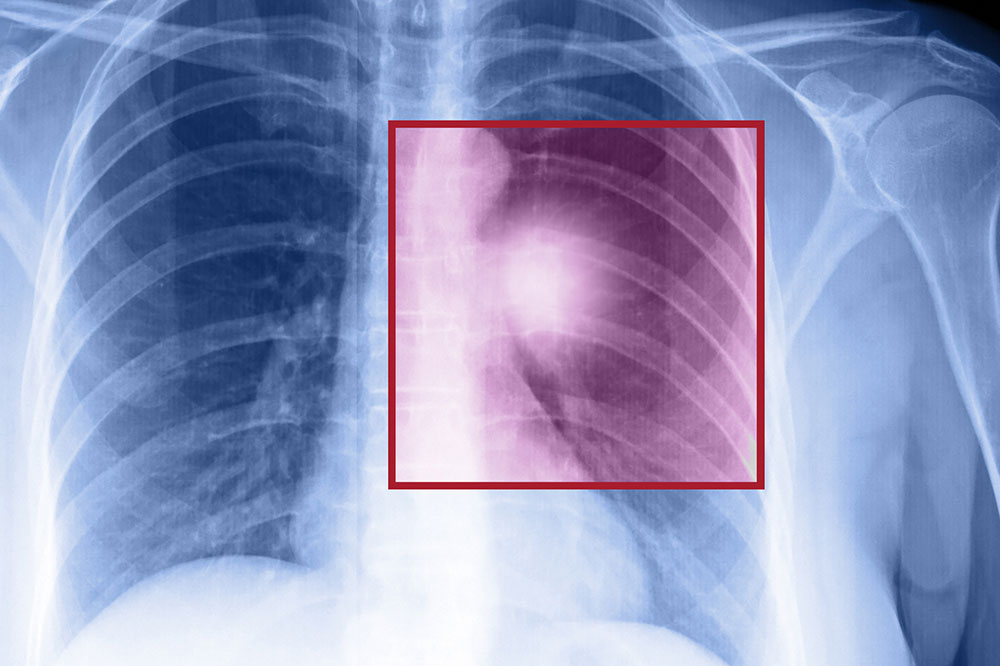Early Detection and Risk Factors of Melanoma: A Comprehensive Guide to Skin Cancer Prevention
This comprehensive guide explores the early warning signs and risk factors of melanoma, emphasizing the importance of early detection and preventive measures. Understanding genetic, environmental, and lifestyle contributors can help individuals identify suspicious skin changes promptly. The article presents the ABCDE criteria as a practical tool for self-assessment and discusses the significance of regular skin examinations. Early diagnosis of melanoma is vital for effective treatment and reducing the risk of metastasis. Overall, this detailed overview aims to educate readers on melanoma prevention and the critical role of timely medical intervention in safeguarding skin health.
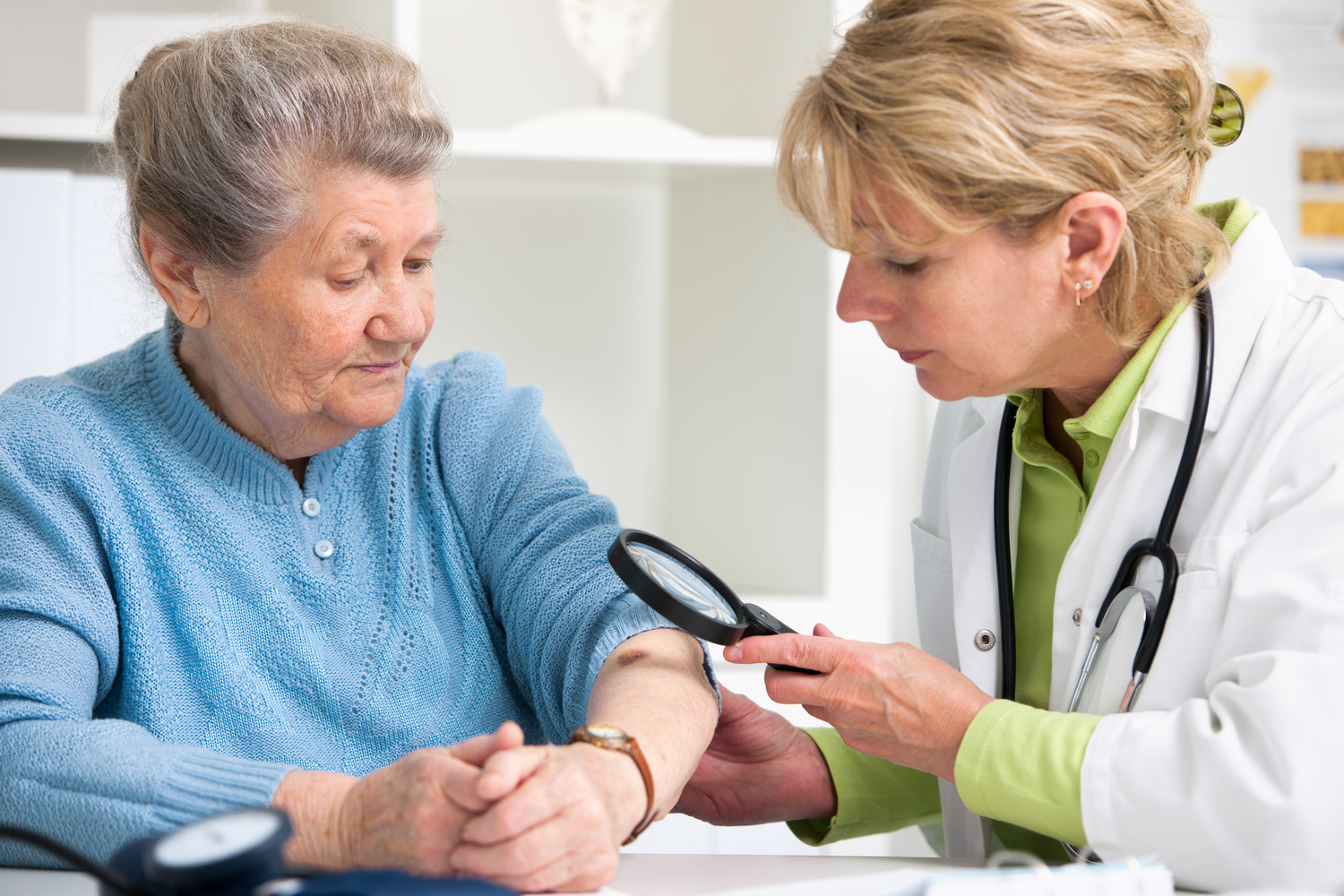
Understanding the Early Signs and Risk Factors of Melanoma
Melanocytes are specialized cells located within the skin that are responsible for producing melanin, the pigment responsible for giving our hair, skin, and eyes their distinctive color. When these cells undergo malignant transformation, the condition is known as melanoma, a serious form of skin cancer that can spread rapidly if not detected early. While melanoma can occur on various parts of the body, it most commonly appears on the chest or back in men, and on the legs in women. It can also develop on the neck, face, palms, soles, or even beneath nails. Recognizing the early warning signs and understanding the risk factors associated with melanoma are critical steps towards prevention and early intervention.
Risk Factors Contributing to Melanoma Development
Although the precise cause of melanoma remains elusive, research has identified several genetic, environmental, and lifestyle factors that can significantly increase an individual’s risk. Awareness of these factors can help in early detection and prompt medical consultation.
Sun Exposure and Ultraviolet (UV) Radiation: Excessive exposure to sunlight, particularly during childhood or after experiencing severe sunburns, markedly elevates the risk of melanoma. Regular exposure to UV rays on the face, neck, arms, and other exposed skin areas further compounds this risk. It is important to understand that UV radiation can penetrate clouds and windows, making sun safety a year-round concern. Using broad-spectrum sunscreens with high SPF, wearing protective clothing, hats, and sunglasses, and seeking shade during peak sunlight hours can significantly reduce UV damage.
Genetic Mutations and Family History: Mutations in specific genes that occur during or after conception can damage the DNA in skin cells, leading to uncontrolled growth. A strong family history of melanoma, especially in relatives diagnosed before age 30, increases the likelihood of developing the disease oneself. Genetic testing and counseling can be beneficial for individuals with a familial predisposition.
Skin Pigmentation and Fair Skin: People with fair skin, freckles, red or blonde hair, and light-colored eyes are genetically predisposed to higher risks because their skin provides less natural protection against UV radiation. Conversely, individuals with darker skin have more melanin, which offers some protection, but they are not entirely immune to melanoma.
Presence of Unusual or Atypical Moles: Having multiple moles, especially those larger than 5 mm, irregular in shape, or displaying irregular borders, can serve as an early warning sign. The presence of atypical moles (dysplastic nevi) warrants regular skin examinations by a dermatologist.
Large Congenital Moles and Birthmarks: Particularly large congenital melanocytic nevi exceeding 20 centimeters in diameter carry a higher risk of malignant transformation. Close monitoring of these birthmarks is essential, and in some cases, surgical removal may be recommended.
Family Medical History: A history of melanoma or other skin cancers in first-degree relatives enhances individual risk. Understanding one's familial history allows for more tailored skin surveillance.
Weakened Immune System: Conditions that impair immune function, such as HIV/AIDS or treatments involving immunosuppressive medications (e.g., post-organ transplantation), can diminish the body's ability to detect and destroy abnormal cells, increasing melanoma risk.
Genetic Syndromes: Disorders like FAMMM (Familial Atypical Multiple Mole Melanoma syndrome) involve numerous or atypical moles and significantly elevate melanoma susceptibility.
Underlying Chronic Health Conditions: Diseases such as Crohn's disease or ulcerative colitis, especially when treated with immunosuppressive therapies, contribute to higher cancer risk, including melanoma.
Recognizing Early Warning Signs of Melanoma
Detecting melanoma early is crucial to effective treatment and improved survival rates. Melanomas can sometimes resemble benign moles, but certain features can raise suspicion. Regular skin self-examinations are vital, especially for individuals at higher risk. Be vigilant for changes in existing moles or the appearance of new lesions. The ABCDE rule provides a useful framework for monitoring skin changes:
Asymmetry: Benign moles are usually symmetrical. Melanomas tend to be asymmetrical, with irregular shapes.
Border: Melanomas often have uneven, scalloped, or notched edges compared to the smooth borders of benign moles.
Color: The presence of multiple shades, including black, brown, red, blue, or white, within a single lesion, is concerning.
Diameter: Moles larger than 6 mm (about the size of a pencil eraser) that show other suspicious features should be examined.
Evolving: Any change in size, shape, color, or elevation, or new symptoms such as bleeding, itching, or crusting, warrants medical evaluation.
Early detection dramatically improves treatment outcomes by catching melanoma before it metastasizes. Melanoma can spread to vital organs such as bones, brain, liver, lungs, and lymph nodes, causing severe health complications. Therefore, awareness, regular skin checks, and prompt consultation with healthcare professionals are essential for maintaining skin health and preventing advanced disease.
